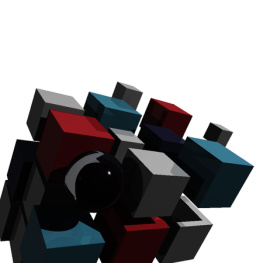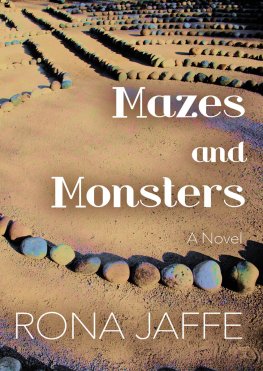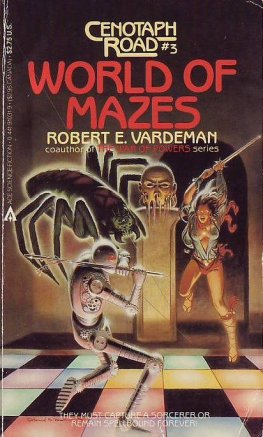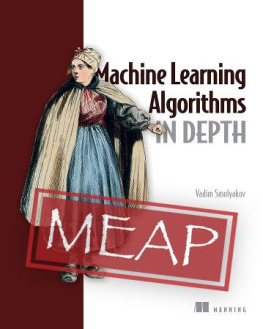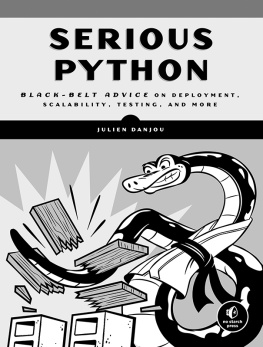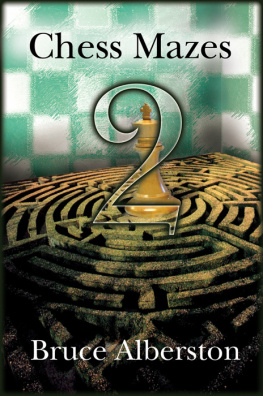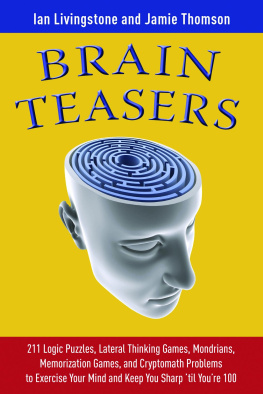Jamis Buck - Mazes for Programmers: Code Your Own Twisty Little Passages
Here you can read online Jamis Buck - Mazes for Programmers: Code Your Own Twisty Little Passages full text of the book (entire story) in english for free. Download pdf and epub, get meaning, cover and reviews about this ebook. year: 2015, publisher: Pragmatic Bookshelf, genre: Home and family. Description of the work, (preface) as well as reviews are available. Best literature library LitArk.com created for fans of good reading and offers a wide selection of genres:
Romance novel
Science fiction
Adventure
Detective
Science
History
Home and family
Prose
Art
Politics
Computer
Non-fiction
Religion
Business
Children
Humor
Choose a favorite category and find really read worthwhile books. Enjoy immersion in the world of imagination, feel the emotions of the characters or learn something new for yourself, make an fascinating discovery.

- Book:Mazes for Programmers: Code Your Own Twisty Little Passages
- Author:
- Publisher:Pragmatic Bookshelf
- Genre:
- Year:2015
- Rating:5 / 5
- Favourites:Add to favourites
- Your mark:
Mazes for Programmers: Code Your Own Twisty Little Passages: summary, description and annotation
We offer to read an annotation, description, summary or preface (depends on what the author of the book "Mazes for Programmers: Code Your Own Twisty Little Passages" wrote himself). If you haven't found the necessary information about the book — write in the comments, we will try to find it.
Unlock the secrets to creating random mazes! Whether youre a game developer, an algorithm connoisseur, or simply in search of a new puzzle, youre about to level up. Learn algorithms to randomly generate mazes in a variety of shapes, sizes, and dimensions. Bend them into Moebius strips, fold them into cubes, and wrap them around spheres. Stretch them into other dimensions, squeeze them into arbitrary outlines, and tile them in a dizzying variety of ways. From twelve little algorithms, youll discover a vast reservoir of ideas and inspiration.
From video games to movies, mazes are ubiquitous. Explore a dozen algorithms for generating these puzzles randomly, from Binary Tree to Ellers, each copiously illustrated and accompanied by working implementations in Ruby. Youll learn their pros and cons, and how to choose the right one for the job.
Youll start by learning six maze algorithms and transition from making mazes on paper to writing programs that generate and draw them. Youll be introduced to Dijkstras algorithm and see how it can help solve, analyze, and visualize mazes. Part 2 shows you how to constrain your mazes to different shapes and outlines, such as text, circles, hex and triangle grids, and more. Youll learn techniques for culling dead-ends, and for making your passages weave over and under each other. Part 3 looks at six more algorithms, taking it all to the next level. Youll learn how to build your mazes in multiple dimensions, and even on curved surfaces.
Through it all, youll discover yourself brimming with ideas, the best medicine for programmers block, burn-out, and the grayest of days. By the time youre done, youll be energized and full of maze-related possibilities!
What You Need:
The example code requires version 2 of the Ruby programming language. Some examples depend on the ChunkyPNG library to generate PNG images, and one chapter uses POV-Ray version 3.7 to render 3D graphics.
Jamis Buck: author's other books
Who wrote Mazes for Programmers: Code Your Own Twisty Little Passages? Find out the surname, the name of the author of the book and a list of all author's works by series.

